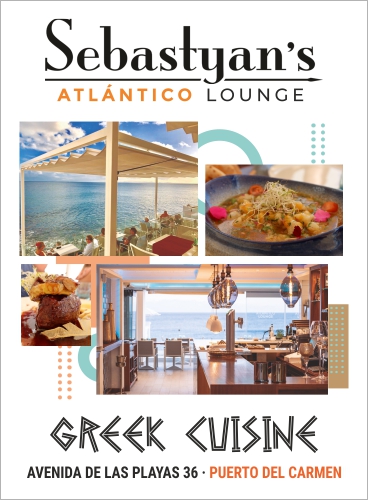The 6th archaeological campaign at the El Rubicón site is underway, focusing on the second necropolis, the lime kiln, and what appears to be a noble dwelling – though interpretations may evolve as the dig progresses
Excavations continue at San Marcial de Rubicón, marking the sixth campaign at this important archaeological site. The dig is co-directed by archaeologists María del Cristo González Marrero and Esther Chávez Álvarez, researchers and lecturers from the University of Las Palmas de Gran Canaria (ULPGC) and the University of La Laguna (ULL), respectively. They are working alongside María Antonia Perera and the company Baraka Arqueólogos. The first excavations at this site date back to the 1960s and later, between 1986 and 1988, under Antonio Tejera and Eduardo Aznar.
Archaeologist María del Cristo González explains, ‘We previously scanned the subsoil with Ground Penetrating Radar (GPR) and this year we’ll continue excavating the necropolis, the lime kiln, and the more ‘noble’ house. Everything is subject to change and staff availability. By the end, it all has to be carefully sealed.’
Drawing on the historical publication Le Canarien and findings from previous digs, González highlights a key discovery. ‘We identified the use of the ‘tapial’ or rammed earth technique in the presumed European dwellings, a building method previously undocumented in the Canary Islands.’ Tapial is a sustainable construction technique dating back to the Neolithic period, consisting of compacting layers of damp clay-rich earth with a rammer inside a frame.
‘Another significant discovery,’ González continues, ‘is the second necropolis, containing thirteen individuals in an unexpected location, defying expectations. The burials may include indigenous people buried according to Christian rites, and preliminary evidence suggests that the remains of four young children could belong to the first mixed-heritage population in the Canary Islands—although DNA and anthropological studies are still needed.’
The archaeologist also confirmed that the San Marcial well was built during the Norman occupation. ‘It was clearly intended to supply a permanent settlement and even had an aesthetic purpose. We also discovered the remains of a second tower and a lime kiln, but verification is needed to confirm that they date from the same period. We also found the remains of a more prestigious dwelling, possibly belonging to a noble household.’
‘Additionally, we found eleven coins, ten from Enrique III, with a Gothic ‘B’ countermark, as well as fragments of indigenous pottery from Lanzarote, Gran Canaria, and the Iberian Peninsula, plus remnants of shellfish and food sources, but no Roman artifacts.’



